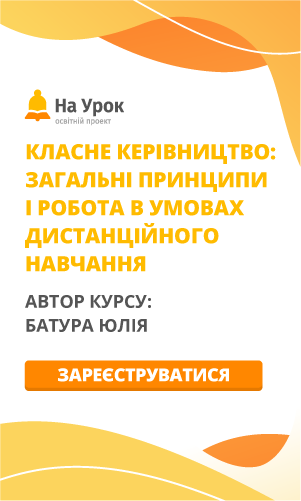Урок " Speaking about Art "
“Speaking about Art… “ 11 form.
Objectives: - to develop students’ cognitive and creative skills;
- to foster students’ spoken habits;
- to encourage students to use prior knowledge on the topic “ Speaking about Arts “;
- to develop culture of the communication.
( There are quotations on the blackboard )
- Art is long and life is fleeting.
( H.W.Longfellow )
- All art is but imitation of nature.
( Seneka )
- One is never tired of painting, because you have to set down, not what you knew already, but what you have just discovered.
( William Hazlitt )
- Greeting.
T: Good morning! How are you? I see you are all fine and hope you will be active and energetic. Let’s start our lesson. On the previous lesson you learnt some information about arts. And today I want you to refresh your knowledge and memorize everything you know about this point.
- Warming-up.
T: let’s start our lesson with some searching work. You see many cards on the walls and your task is to find the words which refer to our topic.
|
An approach, a judgment, to enliven, a shadow, to absorb, to annoy, to catch smb’s breath, to bring up, to blame, sheer, waste disposal, extinction, to float, to pore over something with delight, significant, damaging, to run out of. |
- Speaking.
- Brain – Storm.
T: I want to invite you to the art gallery. But before it some tasks for you ( The teacher shows the pictures and the students tell about the styles of painting )
- The 18th century.
Classicism.
( classical works are connected with or influenced by the art of ancient Greece and Rome. They possess such qualities as balance, regularity and simplicity of forms.
Representatives: Borovikovskiy, Levitskiy, Nicolas Poussin )
- The late 18th and early 19th centuries.
Romanticism
( feelings and emotions predominate logical thought of reason. Wild, natural beauty is preferred to things made by man. Emotion and imagination is very important.
Representatives: John Constable, J. Terner, Shevchenko, Richard Wagner, Delacrua, Vagner, Goya )
- The end of the 19th century.
Realism
( The paintings are not influenced by feelings or false ideas. They show things as they are really are.
Representatives: V. Tropinin, I. Repin, Levitan, Serov, Rembrandt, Velaskes )
- The 20th century.
Impressionism
( try to capture the changing effect of natural light. They paint outdoors.
Representatives: Claude Monet, Edgar Dega, Vincent Van Gog)
Cubism
( break things up into angular shapes.
Representatives: Pieter Mondriaan, George Brague )
Surrealism
( use strange dreamlike images
Representatives: S. Dali, Rene Magritu )
Abstractionism
( represent different arrangements of shapes and colours.
Representatives: Pablo Picasso, K. Malevich, Joan Miro )
Expressionism
( In their paintings artists represent objects or people the way they feel. They try to help others to understand their lives.
Representatives: Edvard Munch )
- Decorative folk art.
Petrykivka style
( It is originated in Ukraine. It is a very poetic view of the world around us. It’s a world which is free to interpret the usual things in a very unusual manner.
Representatives: Tetiana Pata, Maria Prymachenko )
- Description of the picture
( “Portrait of Duchess de Beaufort” )
- Presentation about Van Gogh.
- The group-work.
T: And now some words about the cinematography.
Group 1. – Questions
Group 2. – Answers
( And then change the turn )
|
Audience, cast, director, plot, scene, script, sequel, soundtrack, special effects, star, subtitles |
1… all the people who act in a film
2… the most important actor or actress in a film
3… person who makes a film
4… music of a film
5… story of a film
6… a part of a film happening in one place
7… people who watch a film in a cinema
8… a film which continues the story of an earlier film
9… images, often created by a computer
10… words of the film
11… transcription (usually translation) of the dialogue of a film that appears at the bottom of the screen
- Dialogue (T – St.)
T. Well, what do you think about the play?
Valia: Oh, it’s great! I think the production is really brilliant, and so is the acting.
T. They say M. Yashchevskiy is wonderful in the part of Holohvastov. Take D. Shovkoplias, for instance. Her Pronia is unforgettable.
Valia: And if Vika Kabluchenko were not in the play, there wouldn’t be a plot, would there? And Lilia, Sasha, Ilona, Maryna. They are real stars!
T. OK. Welcome to watch our performance “ Two Hares “
( Dramatization of the play “Two Hares”)
- Summing-up.
Ivanna Anikeeva
Secondary school of Ozerna


про публікацію авторської розробки
Додати розробку
